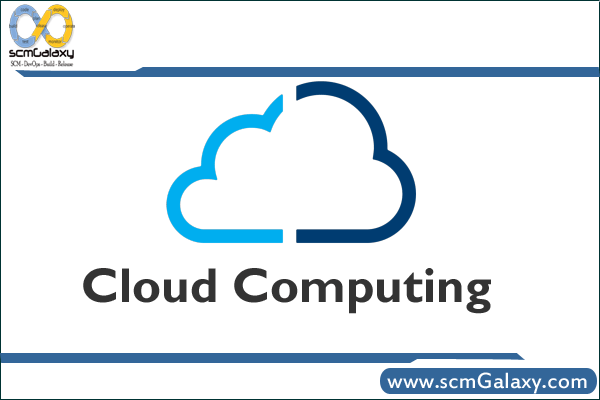Overcoming Cloud Computing Obstacles
How to Make the Case to Switch to the Cloud
Companies choosing the cloud computing route often have to make the case for the switch to new technology to a board or investors. The most common obstacles raised towards adoption of cloud technology are concerns around the availability of service, security and auditability of company data and performance issues around data transfer or loading speeds.
Availability of Service
The utility computing economy is currently such that competition is growing among providers. There are a few large, corporate providers of cloud services, such as Amazon and Google, as well as a large handful of small and medium players in the market. The number of companies jumping on the cloud provision bandwagon is growing very rapidly, and because of this, there is great focus on providing a reliable and stable service. Many providers will offer their clients a Service Level Agreement (SLA), stating the acceptable levels of unplanned service downtime, as well as what amount of compensation is available should the SLA be breached. Companies signing up with a cloud provider should look for an SLA offering at least 99.9% availability, but preferably 99.99%. The best way to ensure full systems available for a company’s cloud services is to engage more than one cloud provider for the provision of the same service. This way, if something should happen to the first provider, the second one will be able to pick up the slack.
Security and Auditability of Company Data
Many cloud computing providers offer data encryption as part of their service. Small and medium sized businesses, that are not accountable to regulatory bodies can probably use the standard encryption technologies provided by most utility computing services. Companies, such as small investment firms or hedge funds, will need to invest in higher security measures for storing data in the cloud. By nature, most of the cloud computing infrastructures currently available by mainstream providers are what is known as public clouds. (Armbrust, et al) This means that computer systems are purposed for general use among all customers, and no distinction is made as to which company is using what hardware. This is generally fine for the standard SME, but those requiring data audit capabilities will need what is known as a private cloud. The private cloud is a collection of computing systems that has been walled off, both physically (in a caged area of a data center) and logically, using combinations of Virtual Private Networks (VPN), firewalls and, often, private leased line data connections which are installed to directly connect a company to its cloud service provider.
Performance Issues
There is often concern around the performance of data transfer within cloud applications. However, it has been shown that, generally, once data has been transferred to the cloud, the speeds of transfer between cloud servers is then much faster than it was on local drives. This is because most current cloud computing infrastructure is far more powerful than what is normally seen in SMEs. The obstacle here is the initial transfer of data onto the cloud service. This can be overcome by loading all data on portable hard drives and shipping it to the cloud service provider for the initial load. Generally, once the initial load is complete, subsequent file transfers will be much smaller in size. Exceptions to this are the data-intensive users of elastic cloud services. For these users, hard drive transfer would currently still be the most economically viable option, but there is evidence that the cost of a private leased line may decrease in future as the cost of high-end routers decreases. (Armbrust, et al)
With a careful analysis of company IT infrastructure requirements, and an appropriate plan to minimize the risks associated with the top obstacles to adoption of cloud computing, business now have the opportunity to adopt a technology which has matured over the past decade into a feasible manner in which to provide reliable and efficient corporate computing at the fraction of the cost of a full IT hardware refresh.

